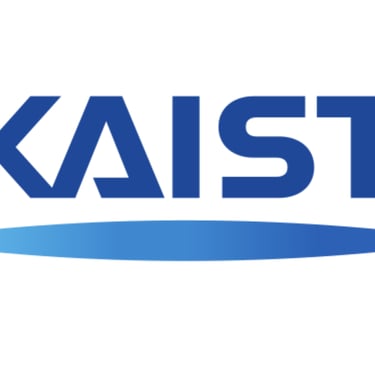KAIST's Revolutionary C-Transformer Chip: Ushering in a New Era of Ultra-Low Power AI Processing
Explore the breakthrough C-Transformer AI chip by KAIST, a game-changer in AI technology with unmatched power efficiency and compact size, designed for the future of mobile computing and neuromorphic computing innovation
Faheem Hassan
3/10/20242 min read


KAIST Unveils Groundbreaking C-Transformer AI Chip: A Leap Towards Ultra-Low Power AI Processing
Researchers at the Korea Advanced Institute of Science and Technology (KAIST) have made a significant breakthrough in artificial intelligence (AI) technology with the development of the "Complementary-Transformer" (C-Transformer) AI chip. This innovative chip is being hailed as the world's first ultra-low power AI accelerator capable of efficiently processing large language models (LLMs), marking a pivotal advancement in the field of AI and neuromorphic computing.
Revolutionizing Power Efficiency and Size in AI Technology
The C-Transformer chip sets a new standard for power efficiency and compactness in AI accelerators. It boasts an impressive 625-fold reduction in power consumption compared to existing solutions, alongside a size that is 41 times smaller than Nvidia's A100 GPU. These remarkable achievements stem from significant advancements in neuromorphic computing technology, which mimics the neural structures of the human brain to improve computational efficiency and reduce power usage.
A Closer Look at Performance Metrics
While the C-Transformer's efficiency and compactness are well-documented, there is a notable lack of direct performance comparisons with Nvidia’s A100 GPU. This absence of comparative data leaves some questions unanswered regarding the chip's performance capabilities. However, the emphasis on its ultra-low power consumption and reduced size points towards a strategic focus on mobility and power-sensitive applications over raw performance metrics.
Innovative Architecture for Enhanced AI Processing
The architecture of the C-Transformer is nothing short of revolutionary, featuring three main components designed to optimize AI processing:
Homogeneous DNN-Transformer / Spiking-transformer Core (HDSC): Aims to streamline processing efficiency.
Output Spike Speculation Unit (OSSU): Works to reduce latency in computations.
Implicit Weight Generation Unit (IWGU): Focuses on minimizing energy consumption during operations.
These components work in tandem to enhance the chip's overall efficiency, showcasing KAIST's commitment to pushing the boundaries of AI technology.
The Broader Impact of the C-Transformer Chip
The introduction of the C-Transformer chip represents a significant leap forward in the quest for more energy-efficient AI technologies. It addresses some of the most pressing challenges in deploying AI systems, especially in scenarios where power availability is a critical concern.
Enabling Advanced AI in Mobile Computing
Given its ultra-low power consumption and compact size, the C-Transformer chip is ideally suited for mobile computing applications. This breakthrough could pave the way for the integration of advanced AI capabilities into portable devices, without the trade-offs typically associated with power efficiency or form factor.
Pioneering Innovations in Chip Design
The C-Transformer's unique architecture and its reliance on neuromorphic computing technology underscore KAIST's innovative approach to AI chip design. By enhancing the accuracy and efficiency of neuromorphic computing to rival traditional deep neural networks (DNNs), the C-Transformer chip sets a promising direction for future AI hardware development.
Conclusion
The development of the C-Transformer AI chip by KAIST researchers is a testament to the ongoing innovation in the field of artificial intelligence. By addressing key issues of power efficiency and size, while also introducing novel architectural solutions, this chip marks a significant step towards the sustainable and widespread deployment of AI technologies. As the AI community continues to explore the potential of neuromorphic computing, the C-Transformer chip stands as a beacon of progress, opening new avenues for research and application in AI-powered devices and systems.
